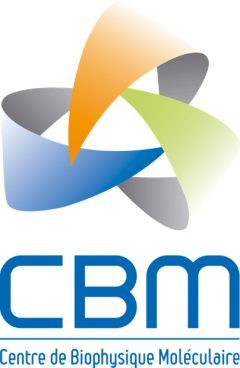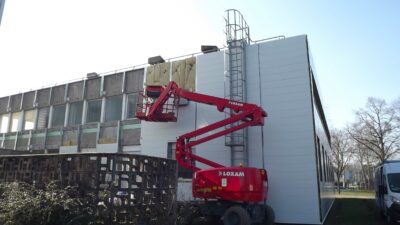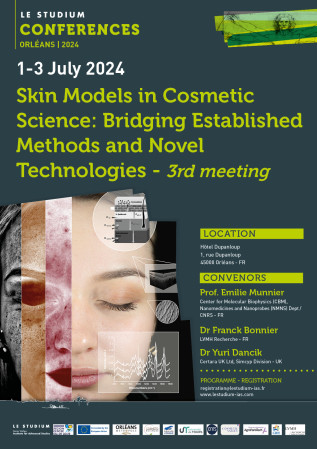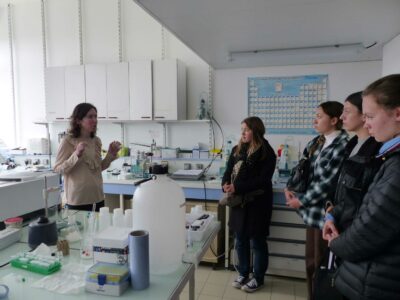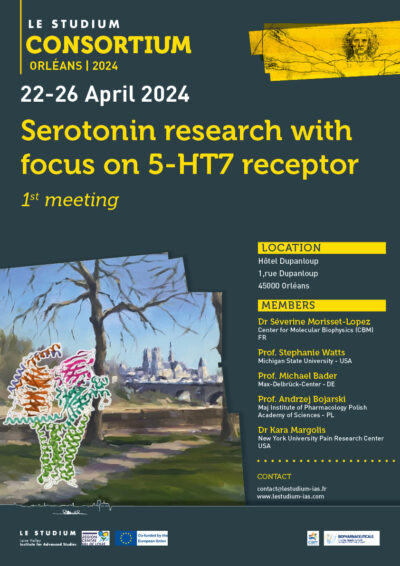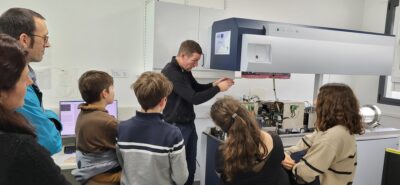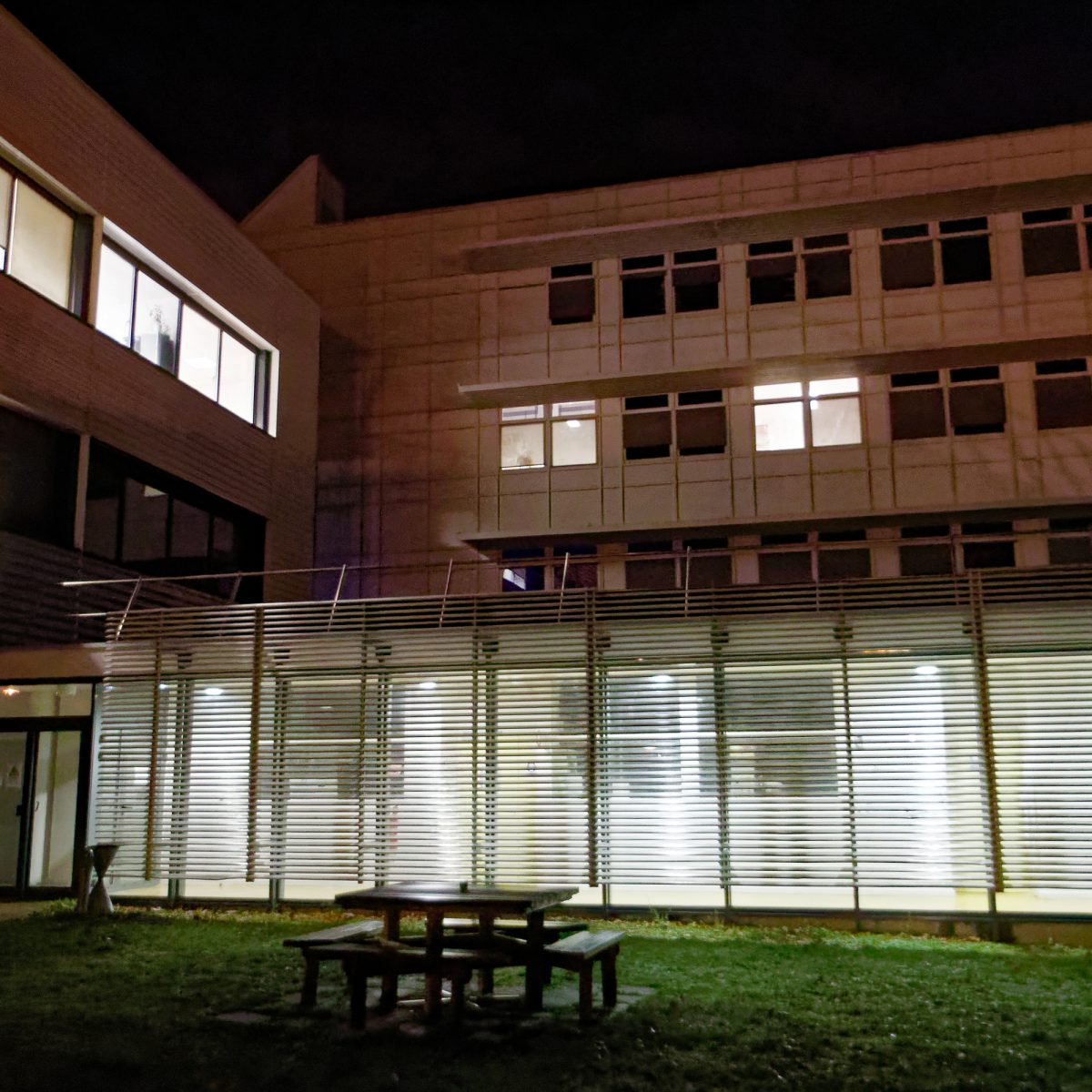
UPR 4301
Centre de Biophysique Moléculaire, CNRS - Orléans
Le CBM (UPR4301) développe des recherches à l'interface de la Chimie, de la Biologie et de la Physique qui s'intéressent aux mécanismes moléculaires du Vivant et aux dysfonctionnements qui conduisent au développement de certaines maladies.
Les Actualités
Voir toutes les actualités7 mai 2024 - Soutenance de thèse de El Hadji Cisse
"Synthèse de protéines par ligation chimique : étude méthodologique pour s'affranchir de la formation d'aspartimide & application aux peptides et protéines SUMOylés"
Le CBM s'engage pour la sobriété énergétique!
Le CBM a réalisé d'importants travaux pour réduire sa consommation d'énergie.
1er au 3 juillet 2024 - 3ème congrès "Skin Models in Cosmetic Science: Bridging Established Methods and Novel Technologies"
Cette conférence internationale est organisée par le Prof. Emilie Munnier, le Dr Franck Bonnier et le Dr Yuri Dancik dans le cadre du programme Cosmétosciences
Des élèves du lycée Vaucanson de Tours au CBM
22 au 26 avril 2024 - 1er congrès du Consortium "Serotonin research"
Hôtel Dupanloup - 1,rue Dupanloup - 45000 Orléans
24 mai 2024 - Séminaire de Frank Schreiber
"Proteins under crowding conditions: from phase behavior to dynamics"
15 mai 2024 - Séminaire de Rebeca Lopez Adams
"Life on Earth can grow on extraterrestrial organic carbon: retaking the heterotrophic origin of life"
Edition 2024 du congrès international "The Future of Molecular MR"
Du 17 au 20 juin 2024 à Orléans, l’équipe "Complexes métalliques et IRM" du CBM organise l’édition 2024 du congrès international "The Future of Molecular MR"
Concours "Montrez-nous la physique en 180 secondes !"
Remise des prix au CBM le 5 avril : un moment fort pour 28 collégiens
Prochains évènements
Retour à l'agenda07 May 2024
7 mai 2024 - Soutenance de thèse de El Hadji CISSE
"Synthèse de protéines par ligation chimique : étude méthodologique pour s'affranchir de la formation d'aspartimide & application aux peptides et protéines SUMOylés"
15 May 2024
15 mai 2024 - Séminaire de Rebeca Lopez Adams
"Life on Earth can grow on extraterrestrial organic carbon: retaking the heterotrophic origin of life"
